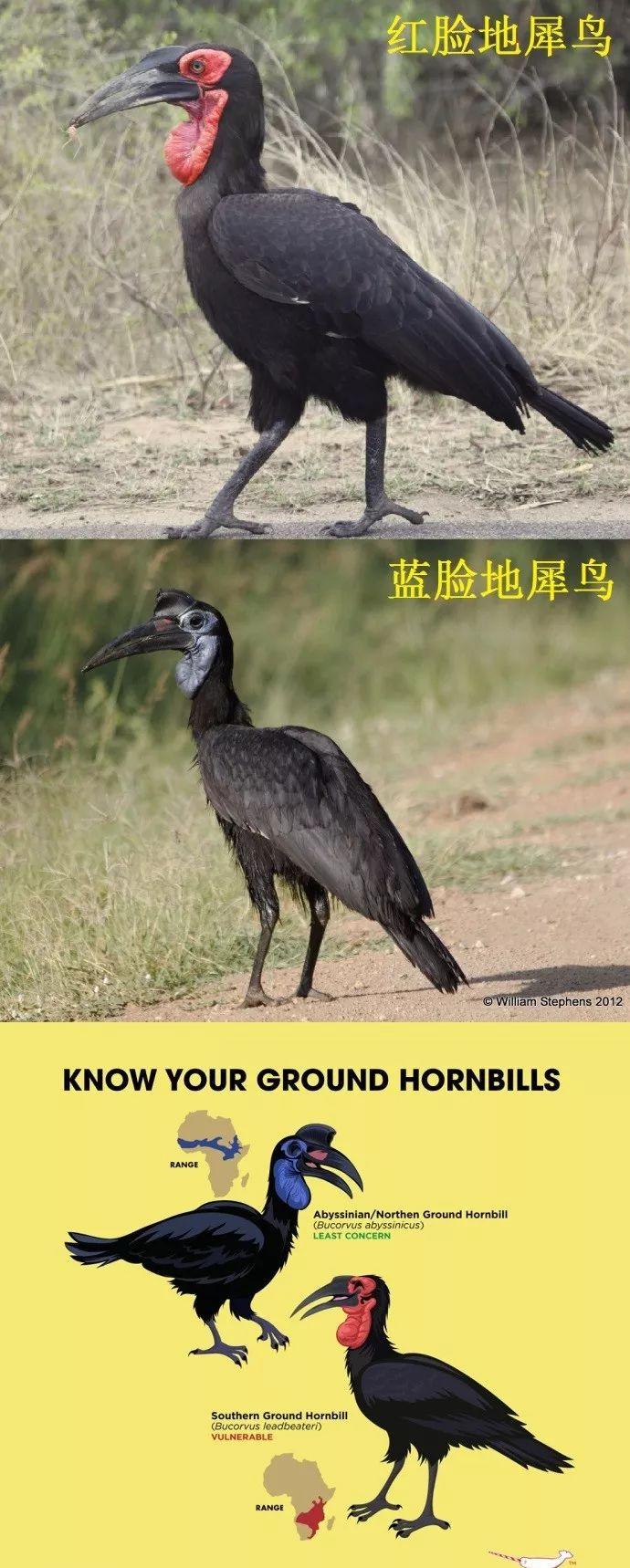The genus Bucorvus is a highly adapted ground-dwelling hornbill bird that is the largest of all hornbills.

Figure 1
There are two extant species in the genus, the larger (up to 6 kg) red-faced ground hornbiateri (aka the southern ground hornbifish) and the relatively small (usually no more than 4 kg) blue-faced ground hornbills (also known as the northern hornbills or Abyssinian hornbills).
Figure 2
Compared to other members of the hornbill family, ground hornbills spend most of their time on the ground, rarely flying or climbing trees, and their legs have evolved to be long and stout, and their paw structures are better suited to running on flat ground than grasping branches. In terms of feeding habits, the ground hornbill is also very different from most omnivorous hornbills, and they are almost pure carnivores.
Figure 3
Like other hornbills, the ground hornbills have a well-developed and strong beak, which can help them effectively kill and dismember various animals, in addition to easy targets such as toads and rabbits, the ground hornbills also include some difficult poisonous snakes, monitor lizards, and tortoises in thick armor. In addition to active hunting, ground hornbills are also opportunists who don't mind picking up corpses for eating, and this "business-grabbing" behavior has led them to sometimes engage in violent clashes with other professional scavengers.
Figure 4
Figure 4: Dismembering a rabbit.
Figure 5
Fig. 5: Preying on drum-bellied vipers.
Figure 6
Figure 6: Predatory monitor lizards.
Figure 7: Preying on tortoises. The shell is difficult to break, but the ground hornbill can use its curved beak to poke in through the opening in front of the shell to kill the tortoise and pull out the flesh and offal of the turtle. Blame it on the African tortoises for not evolving the all-round dead-end armor of the Asian closed-shelled turtle and the American box turtle.
Figure 8: Red-faced hornbills in scavengers.
Figure 9: The red-faced hornbill survives a leopard attack – for a bird weighing only 5 or 6 kilograms, it is a miracle that it can be completely retreated by the leopard.